Henry O. Tanner House
2908 West Diamond St. Philadelphia, PA 19121
Introduced by the historic preservation agency, Save Our Sites, House Museum envisions a multi-story installation to activate the former residence of the acclaimed 19th century painter, Henry Ossawa Tanner. The architectural proposal, submitted to Friends of the Tanner House, includes an interior amphitheater, family archive, social parlor, and "Works By Tanner" viewing room.
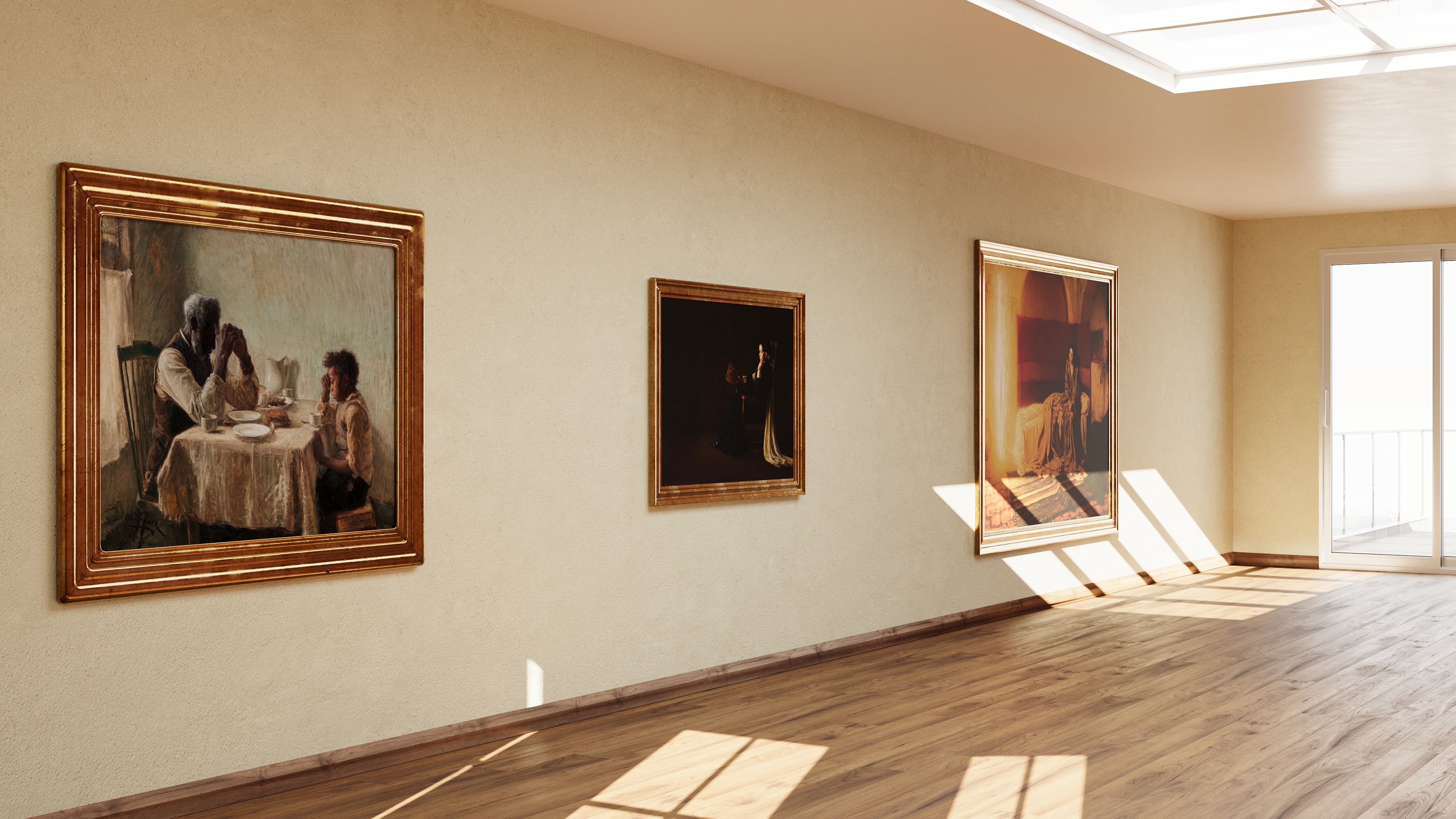 Works By Tanner Viewing Room by House Museum
Works By Tanner Viewing Room by House Museum
Henry Ossawa Tanner was born in Pittsburgh in 1859, the first of five children born to Reverend Benjamin Tucker Tanner, a future bishop in the African Methodist Episcopal Church, and Sarah Tanner, a woman who had escaped her enslavers via the Underground Railroad. The family settled in Philadelphia in 1868, and in 1879 Tanner enrolled in the Pennsylvania Academy of the Fine Arts (PAFA), where he studied under the direction of Thomas Eakins. He began to exhibit at the Academy and at the Philadelphia Society of Artists.
In 1891 Tanner proceeded to Paris and commenced study under Jean-Joseph Benjamin Constant and Jean-Paul Laurens at the Académie Julian. Tanner soon joined the American Art Students’ Club and spent his first summer in France with the colony of artists at Pont-Aven, Brittany. Tanner's Daniel in the Lions’ Den (1895) won honorable mention in the 1896 Salon, and he began to enjoy increased recognition with museums acquiring his paintings. In 1897 Tanner’s Resurrection of Lazarus (1896, Musée d’Orsay, Paris) won a third-class medal at the Salon and was purchased by the French Government for the Luxembourg Gallery.
In 1899 he married Jessie Macauley Olssen, an American of Scandinavian descent. Booker T. Washington visited him in Paris that year, and Tanner painted Washington’s portrait. He was a regular contributor to the NAACP after it was founded in 1910. In 1909 he was made an associate member of the National Academy of Design, along with Mary Cassatt, and he was elected to full membership in 1927. He achieved one of his greatest distinctions in 1923, when the French government named him chevalier of the Legion of Honor. [This is an edited biography originally published by the National Gallery of Art]
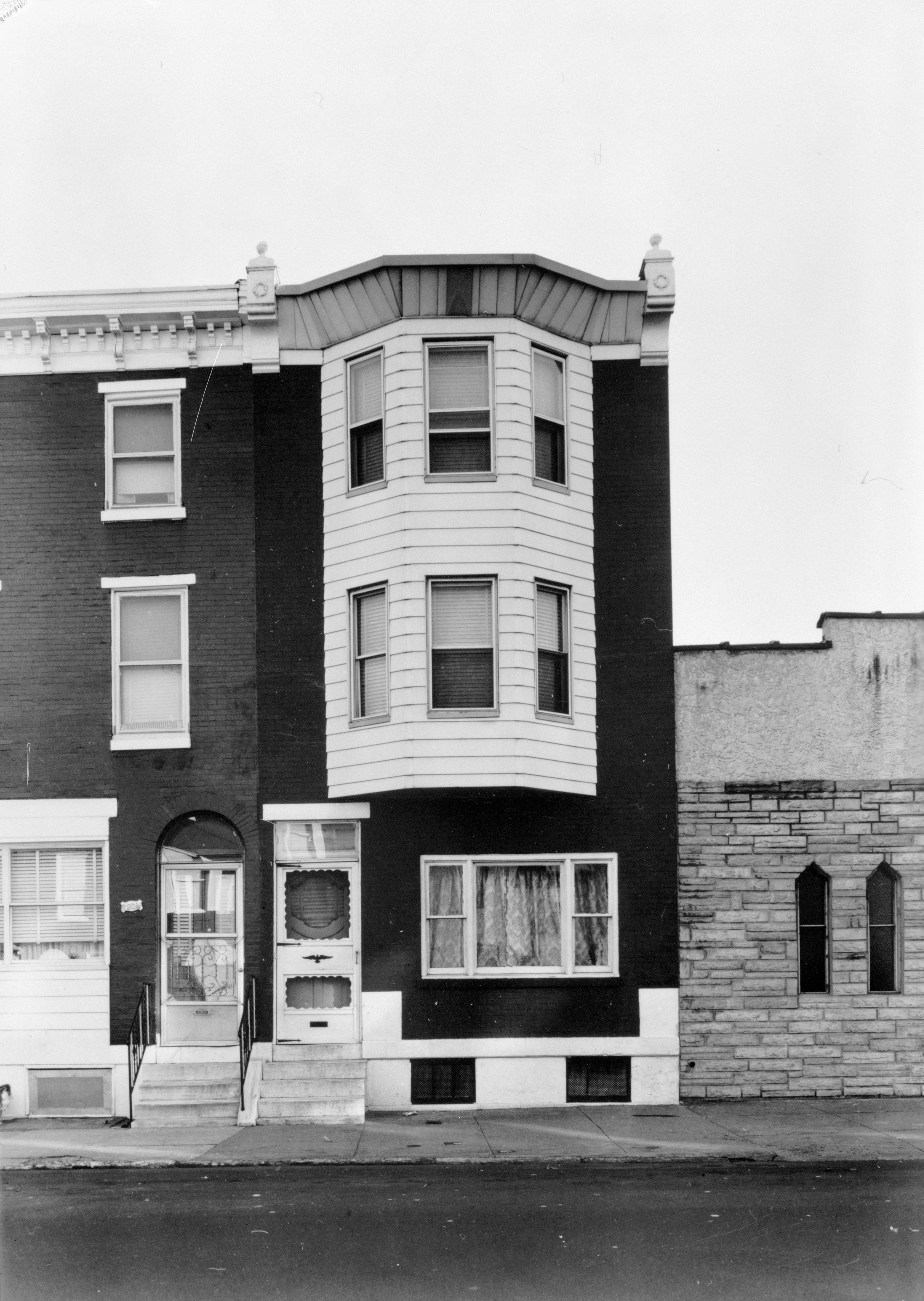
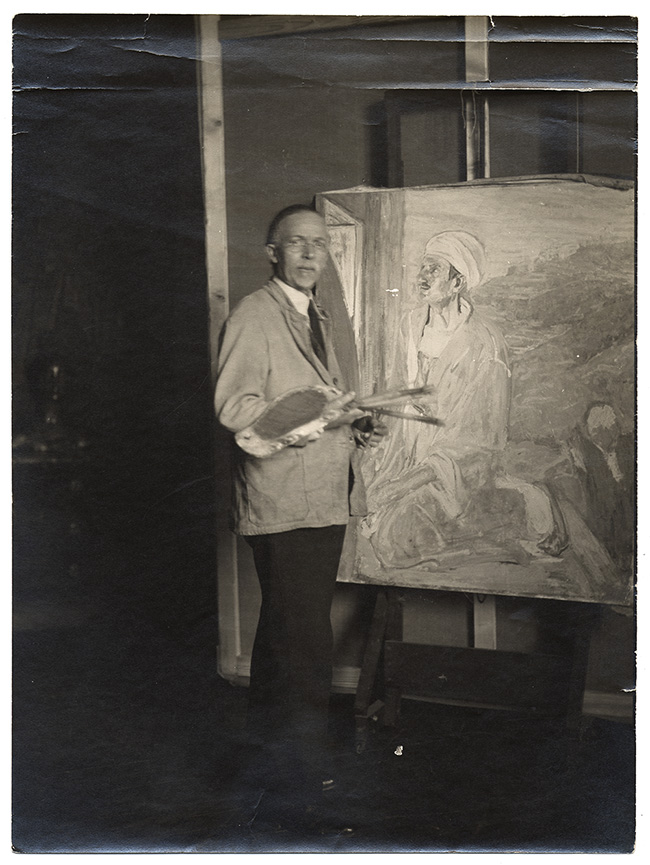 Photograph of Henry Ossawa Tanner with palette and his painting Judas on an easel, 192- / L. Matthes, photographer. Archives of American Art, Smithsonian Institution.
Photograph of Henry Ossawa Tanner with palette and his painting Judas on an easel, 192- / L. Matthes, photographer. Archives of American Art, Smithsonian Institution.
"In August 2021, the Department of Licenses and Inspection (L&I) deemed the Henry O. Tanner House at 2908 W. Diamond Street in North Philadelphia as an unsafe structure with potential to be salvaged. Though listed on the National Register of Historic Places in 1976, the house's condition had greatly deteriorated due to years of neglect. Recognizing the importance of the Henry O. Tanner House in not only art history, but also Philadelphia history, an all-volunteer group of local African-American preservation advocates came together to spearhead preservation efforts for the house."
- Center For the Preservation of Civil Rights Sites, University of Pennsylvania School of Design
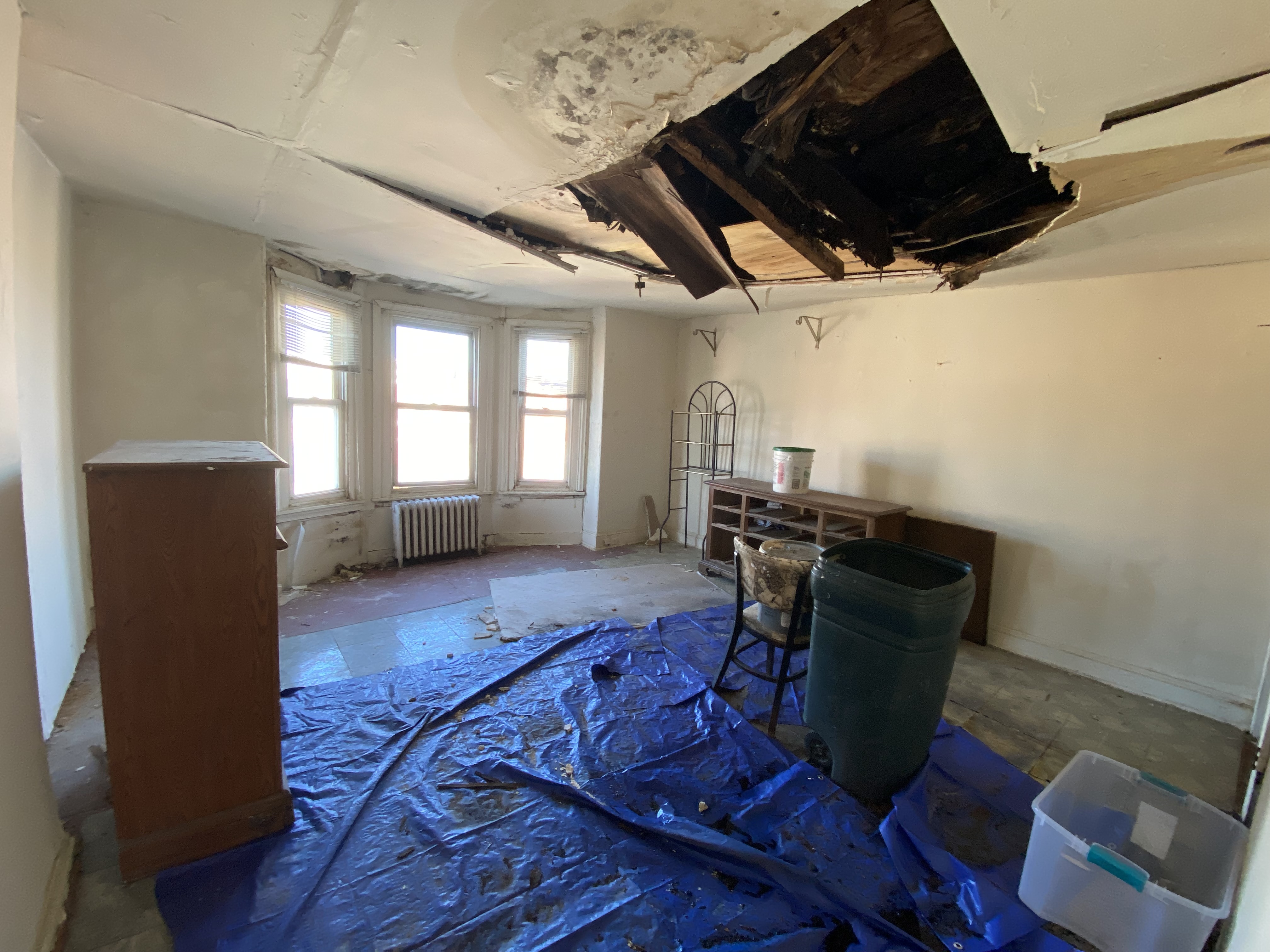
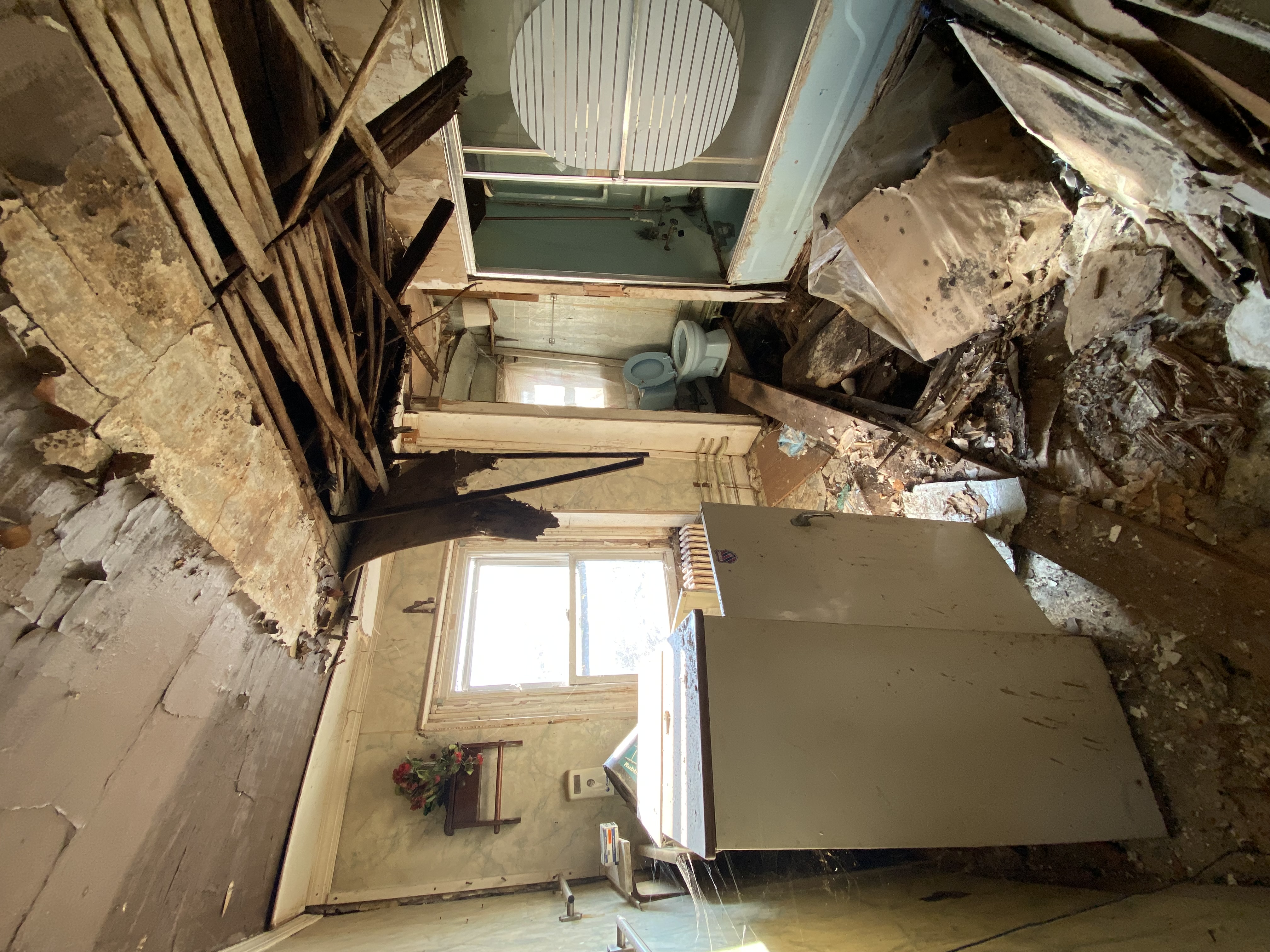 2908 W Diamond St. – 11/22/22
2908 W Diamond St. – 11/22/22
House Museum examines the challenges of transforming a historic Philadelphia row home into a high-impact cultural center. The site-specific proposal centers around an interior amphitheater, designed to foster learning and educational programs for community members, specifically the youth. It resists one-directional learning and favors a more immersive educational experience. Amphitheater in Greek meaning, “the place where we go to see in both directions.” “Amphi-” — I see you, you see me; both directions. “Theatron” — the seeing place. It's in the fifth century, B.C., that the architectural invention of circular viewing strengthened cultural exchange and community development.
The Tanner amphitheater dually functions as a connector that bridges the first floor to the second floor's social parlor. This open social space acknowledges the rich cultural exchange that has occurred within the walls of 2908 W. Diamond St. Prominent Black Philadelphians that shared ideas here were Tanner's father, Bishop Benjamin Tucker Tanner and Sadie Tanner Mossell Alexander, among many others. The basement hosts a family archive and library, with a communal built-in seating area. The first floor foyer opens up to a rotating exhibition space, and the top floor contains a permanent display of masterworks by Henry O. Tanner.
Additional architectural views by House Museum are available upon request.
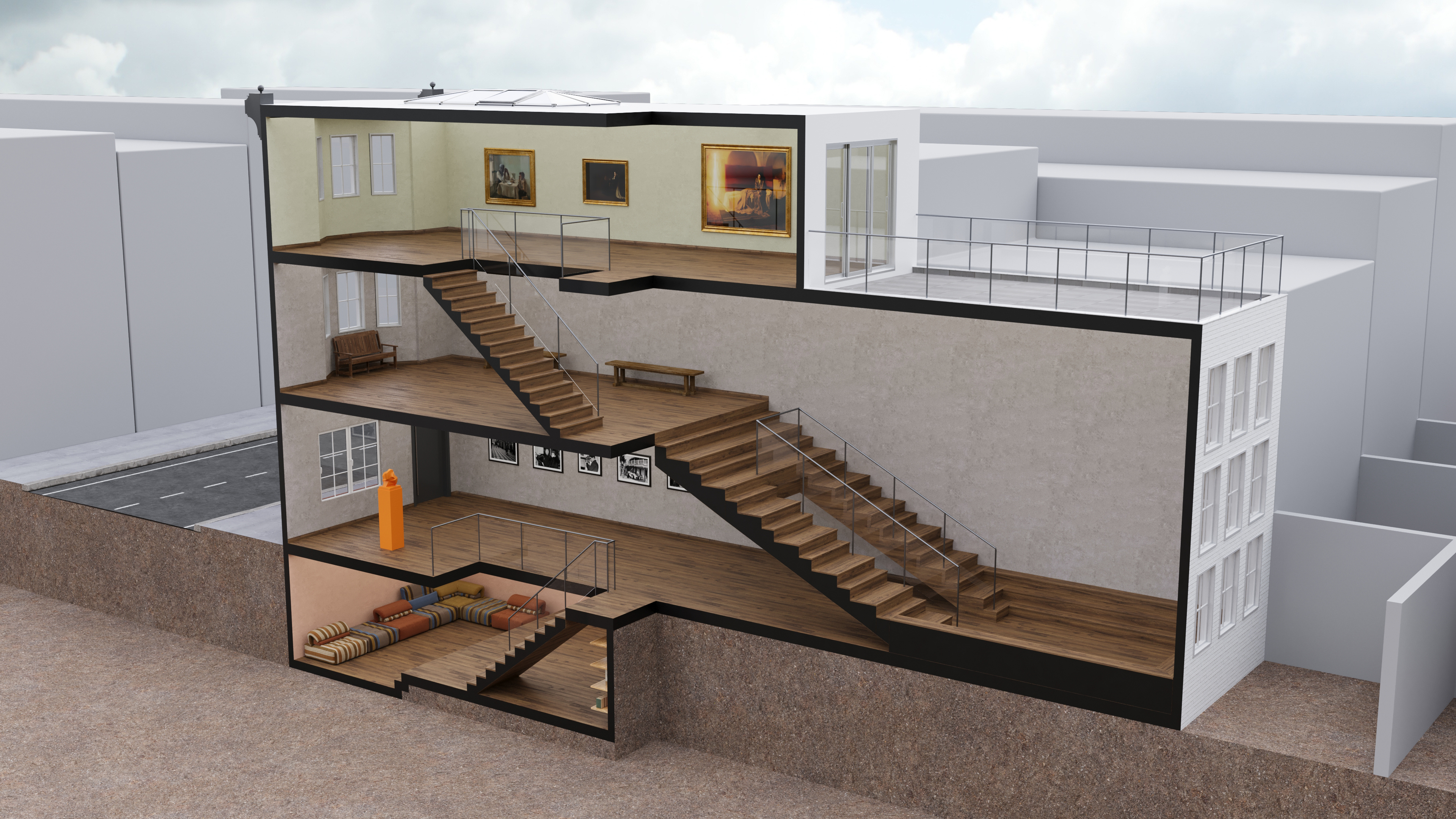 Builders: Marcos Hering, Austin Mayer, AIA, and Evan Curtis Charles Hall.
Builders: Marcos Hering, Austin Mayer, AIA, and Evan Curtis Charles Hall.
Join Friends of the Tanner House to save this historic landmark: https://savethetannerhouse.org
"The Friends of the Tanner House are beginning a community engaged visioning process, stewarding a design and preservation plan for the Tanner House with the support of CPCRS and the Mellon Foundation. We're grateful to the House Museum team for this exploratory proposal which uplifts one of many dynamic possibilities for the Tanner House."
- Christopher R. Rogers, Co-Director of Friends of the Tanner House
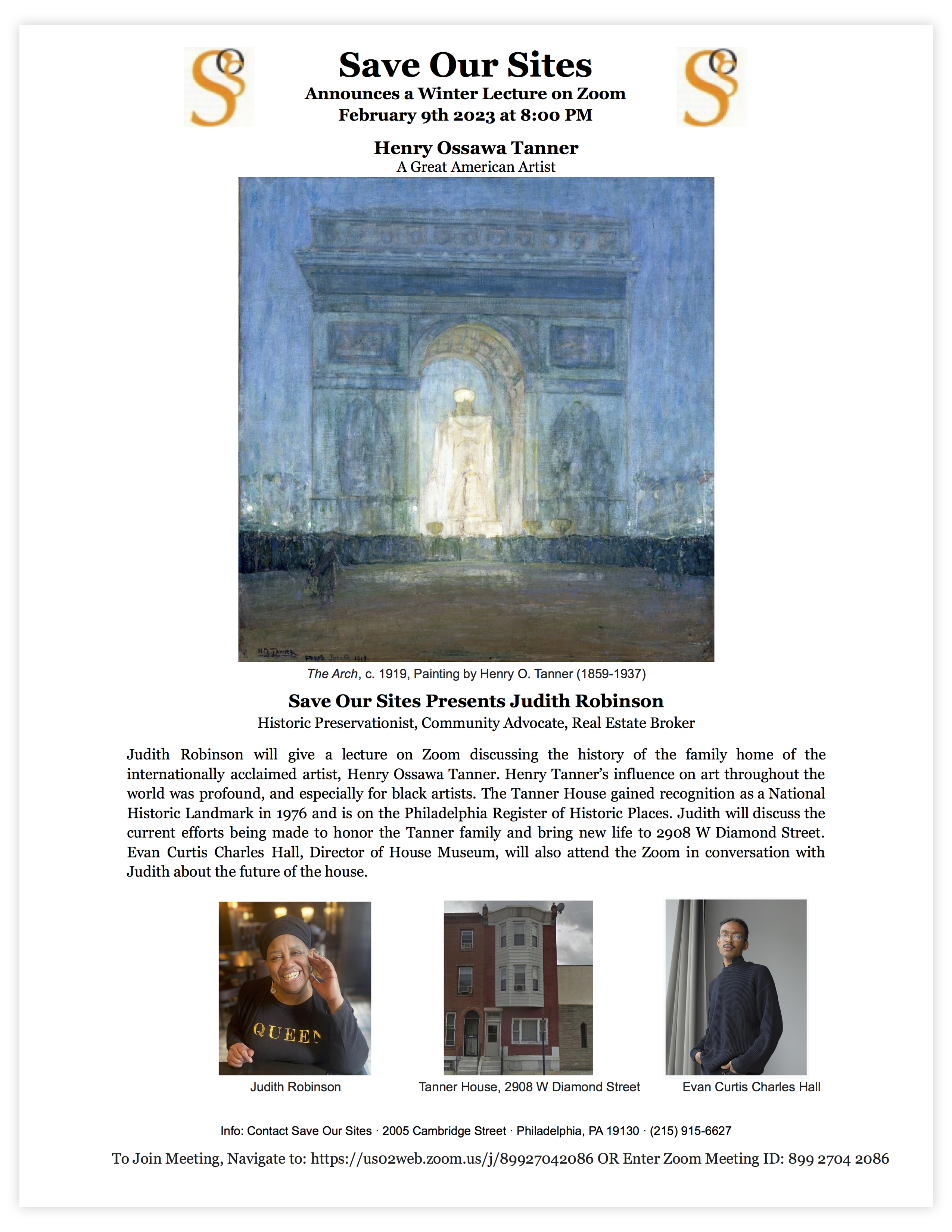
| ב |
House Museum is a 501(c)(3) nonprofit organization based in Philadelphia, PA, USA.
Interested in contributing a vacant site or partnering with House? Please contact info [at] house.museum |
|
"In my Father's house there are many dwelling places." John 14:2 |